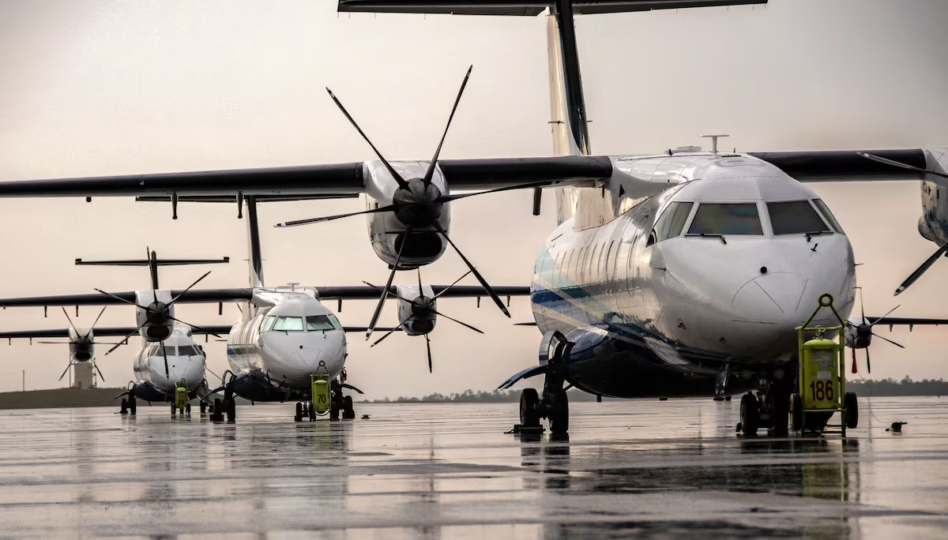There’s no shortage of companies promising to automate aviation, but Beacon AI just wants to make the human pilots better. And so far, the DoD is loving it.
On Tuesday, the aviation decision-making startup announced it won its twelfth contract, this time a Direct-to-Phase II SBIR with the Air Force Special Operations Command (AFSOC).
Beacon, which raised a $15M Series A last October, has two main products on offer:
- Murdock: An AI-powered in-cockpit assistant designed to support pilots in various tasks, enhancing safety and efficiency during flights, which they call “R2-D2 for pilots.”
- Lighthouse: A data and flight management platform that ingests Notice to Airmen (NOTAMs), weather information, flight briefings, and other mission materials to produce risk assessments.
So far, they’ve won prototyping contracts with USSOCOM, Air Force Research Laboratory (AFRL), and AFWERX, on top of partnerships with commercial airlines. Their latest contract will put Lighthouse in the hands of AFSOC’s crews operating the C-146A Wolfhound, a commuter airliner modified for military cargo and personnel transport missions.
According to Beacon’s CEO Matt Cox—a former Navy pilot—this one was different. “This is the first time that the users sought us out,” he told Tectonic. “[AFSOC] reached out to Air Force users from our tenth contract, and said, ‘This is what we want to work on, we think Beacon would be a good partner for this, can you connect us with them?’”
In the often top-down world of DoD tech procurement, it’s notable when the users make the first move, and Cox thinks that Beacon’s pilot-rich team is a big reason why. “Unlike the other companies in the space, Beacon paired military pilots with software engineers, with the goal of bringing subject matter expertise on day one,” he said. “That credibility from having people on our team that would be users helps us speak the language and understand the problem.”
Human in the loop: Automated aviation may well be the future, but in the meantime, human pilots will be flying the planes.
Beacon’s AI, instead of taking the pilot’s seat, provides a new way to get through briefings and process pre-flight information. According to Cox, “That gives them an opportunity to try this and give us feedback in an environment where the cost of being wrong isn’t really high.”
While the AFSOC contract with the C-146A Wolfhound aircrew is the starting point, Cox said that their platform is adaptable across mission types and aircraft. “The contracts all build off of each other, and one effort helps inform the next,” Cox said, adding that they’ve completed nine out of the twelve contracts.
Given that Air Force pilots log over a million flying hours a year across more than 500,000 sorties—on top of the tens of millions of commercial flights annually—Beacon’s betting on a whole lot more pilots will want to focus on flying and leave the brain-straining stuff to AI.

